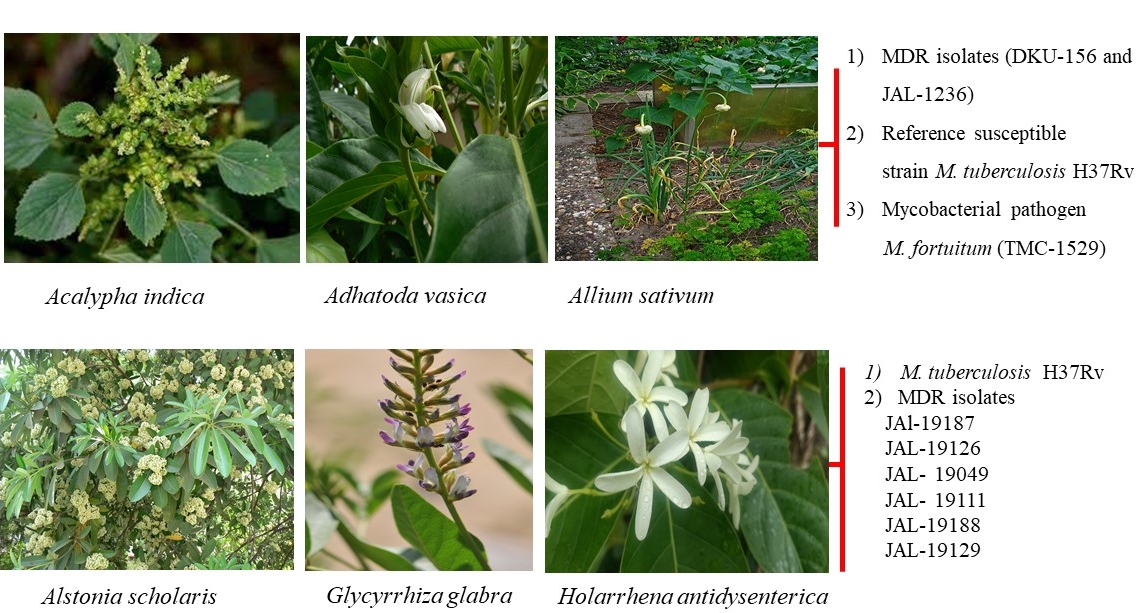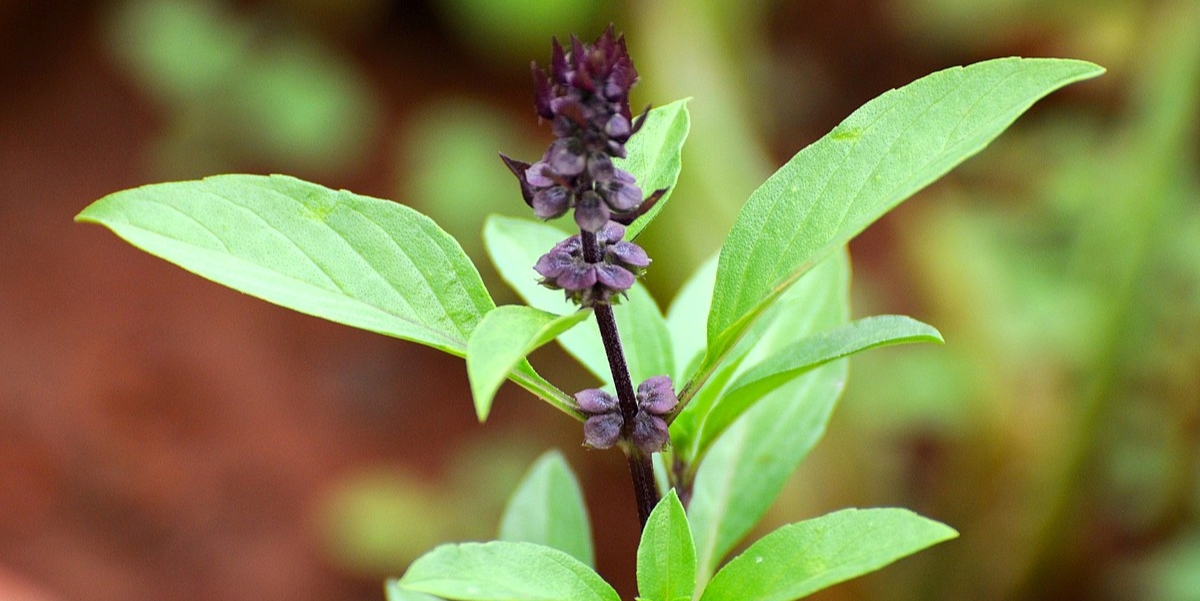
Ocimum basilicum
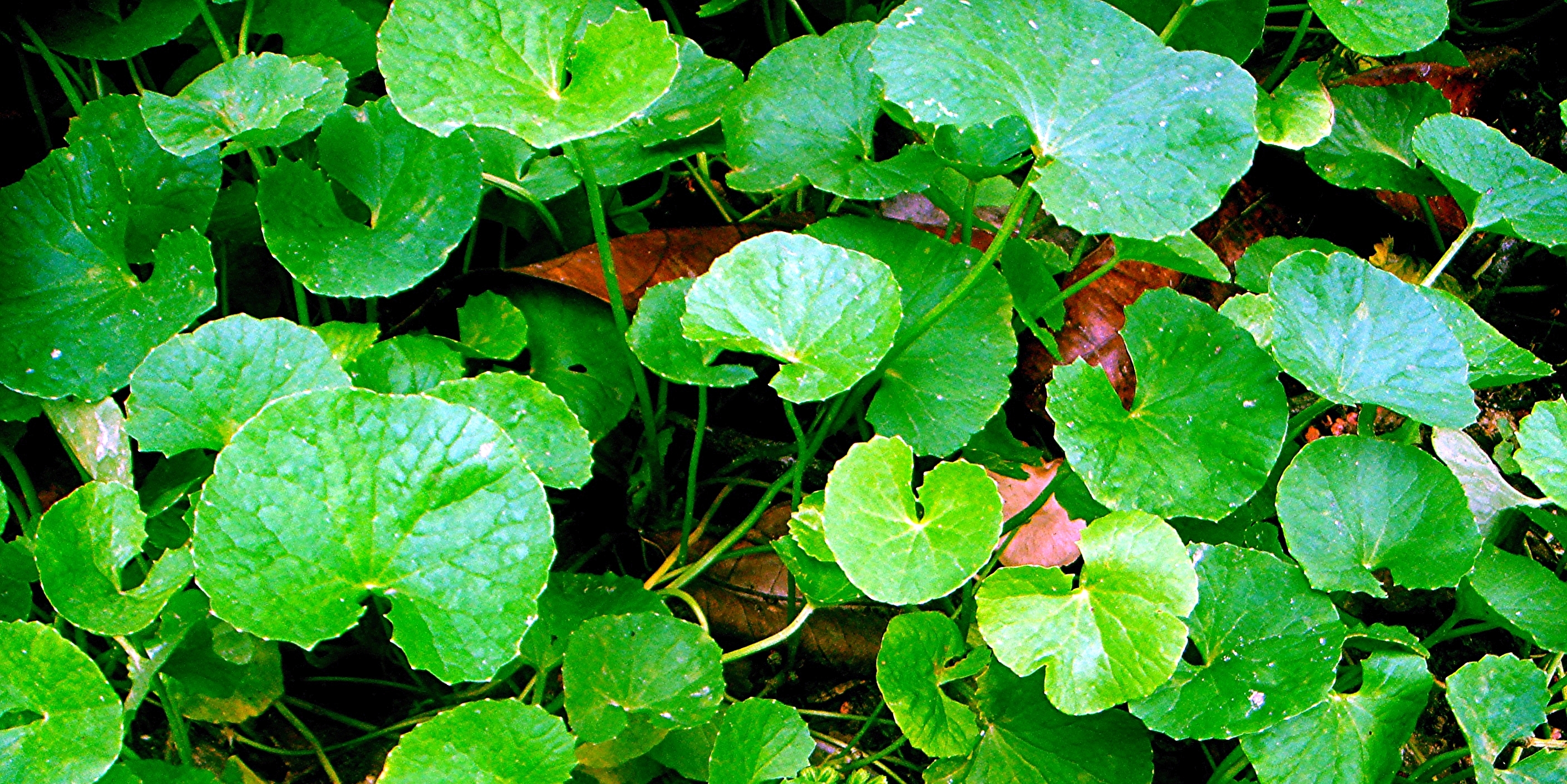
Centella asiatica
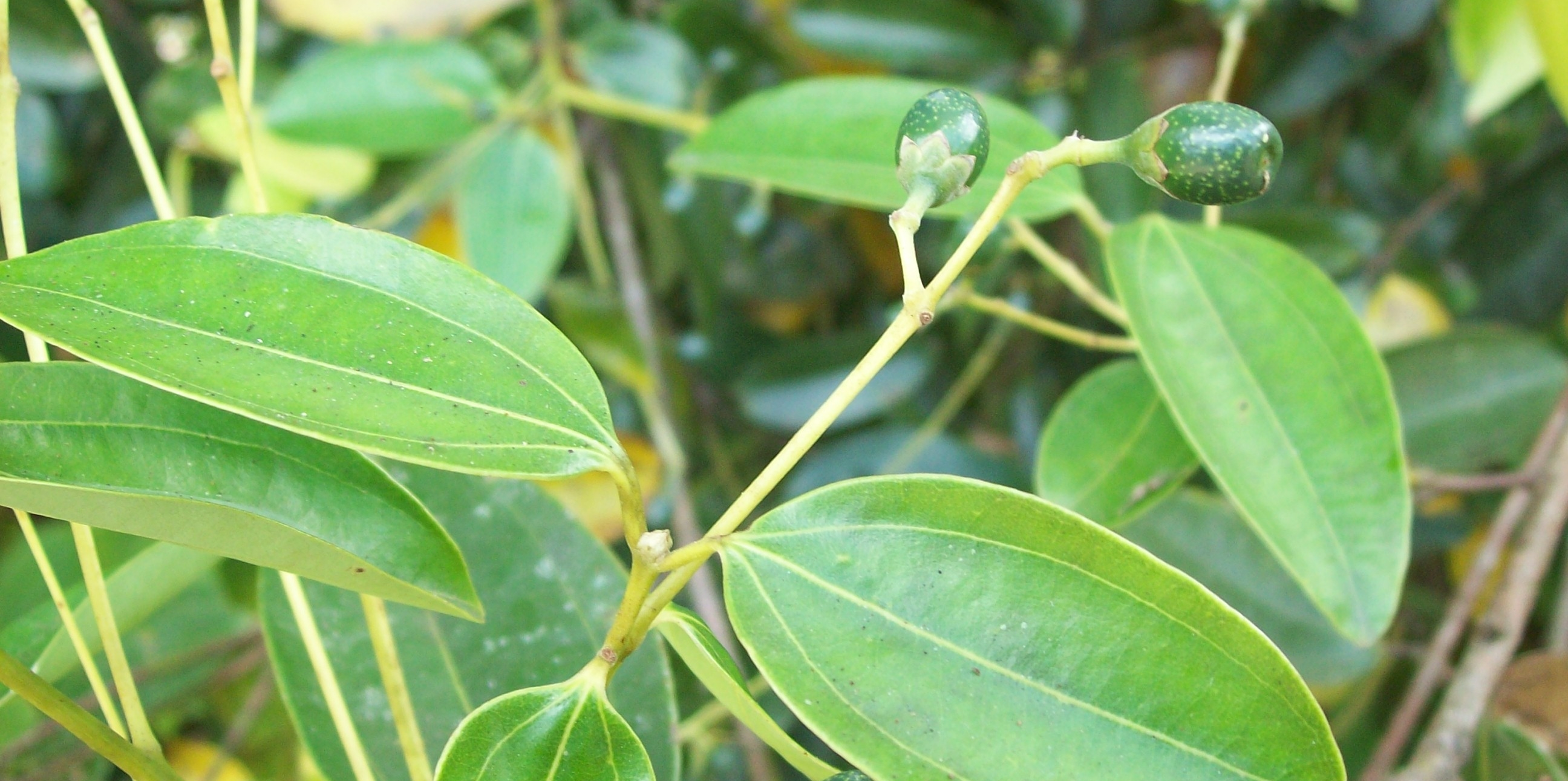
Cinnamomum zeylanicum
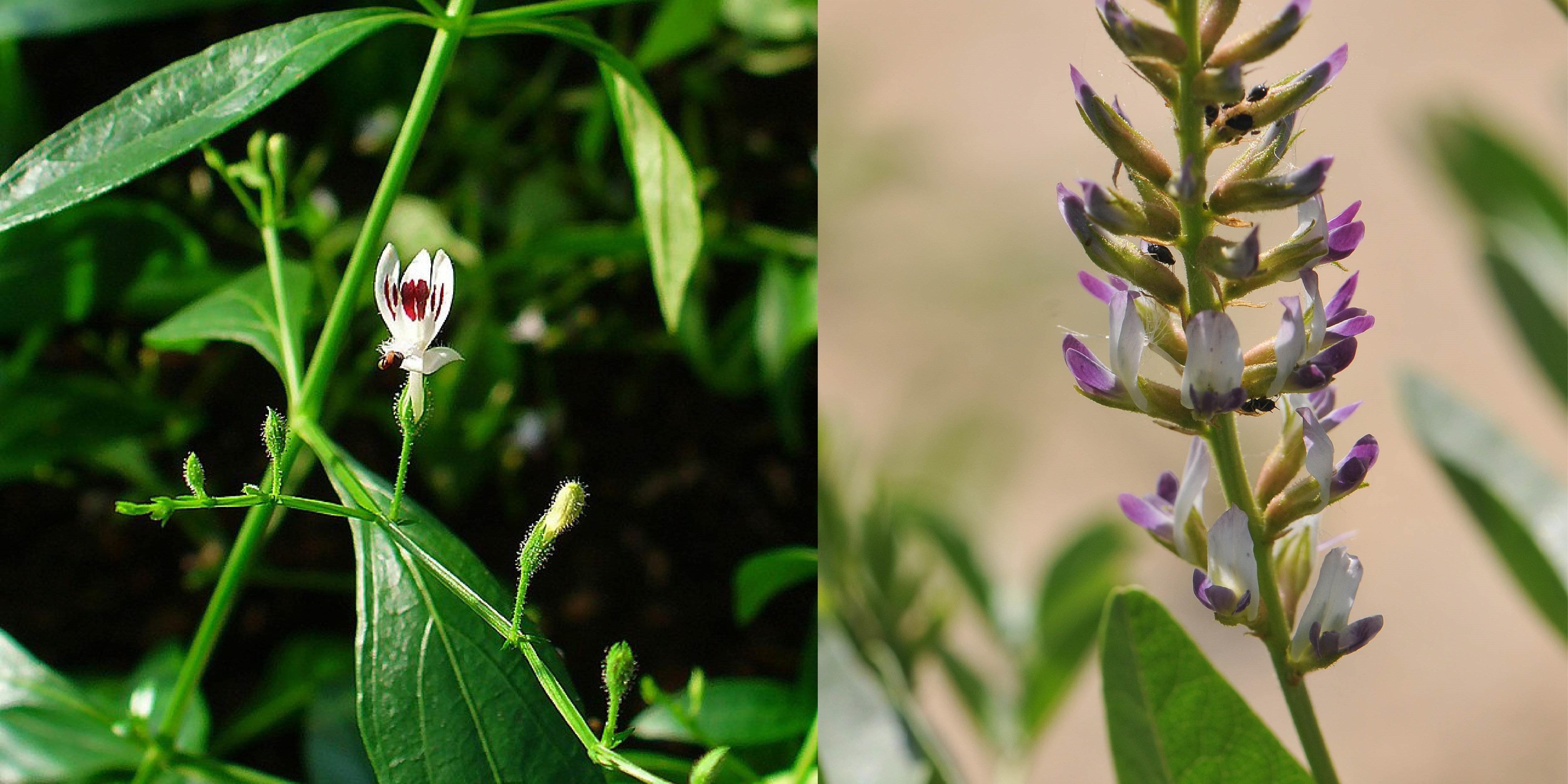
Glycyrrhiza glabra Andrographis paniculata
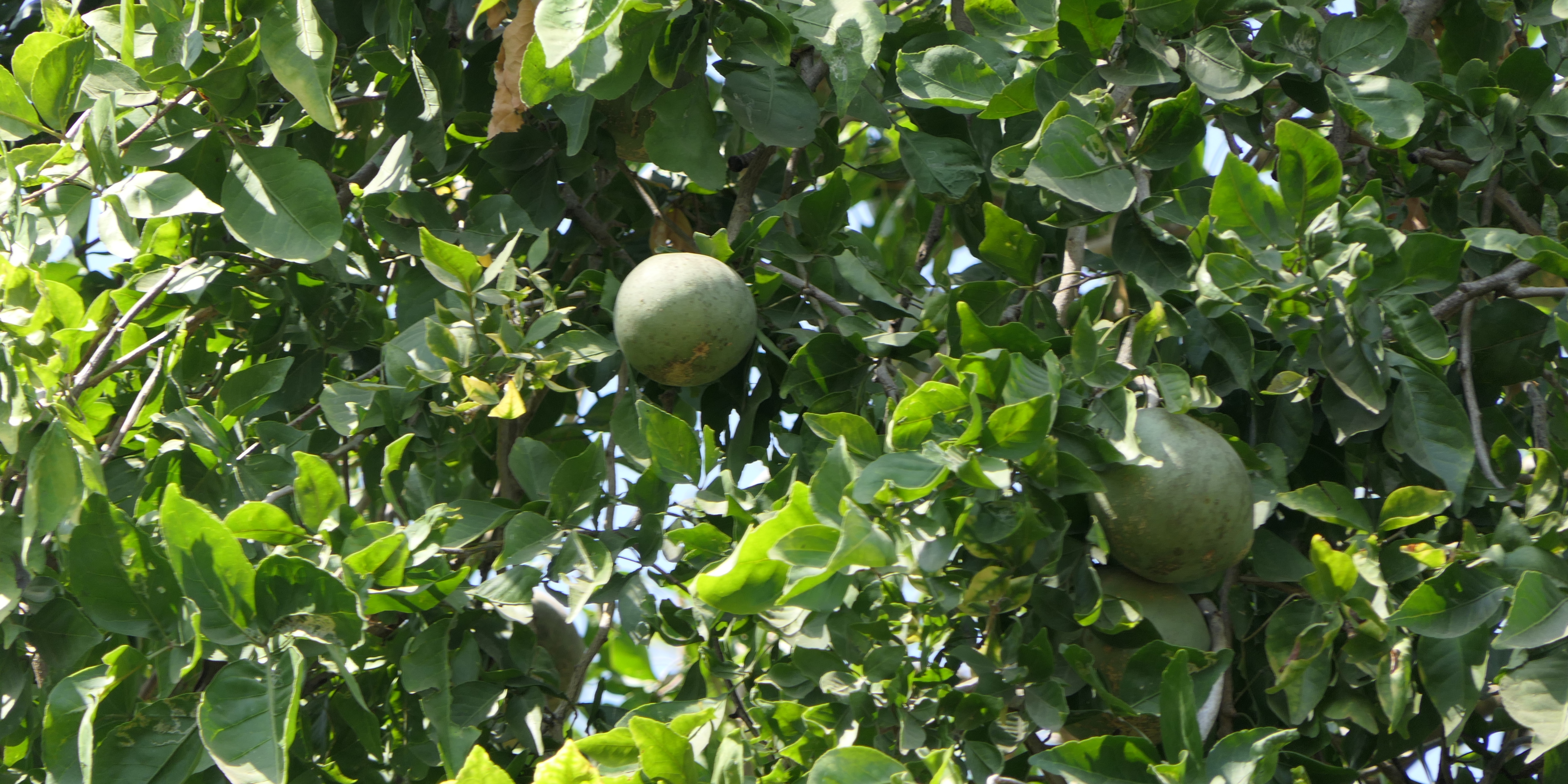
Aegle marmelos
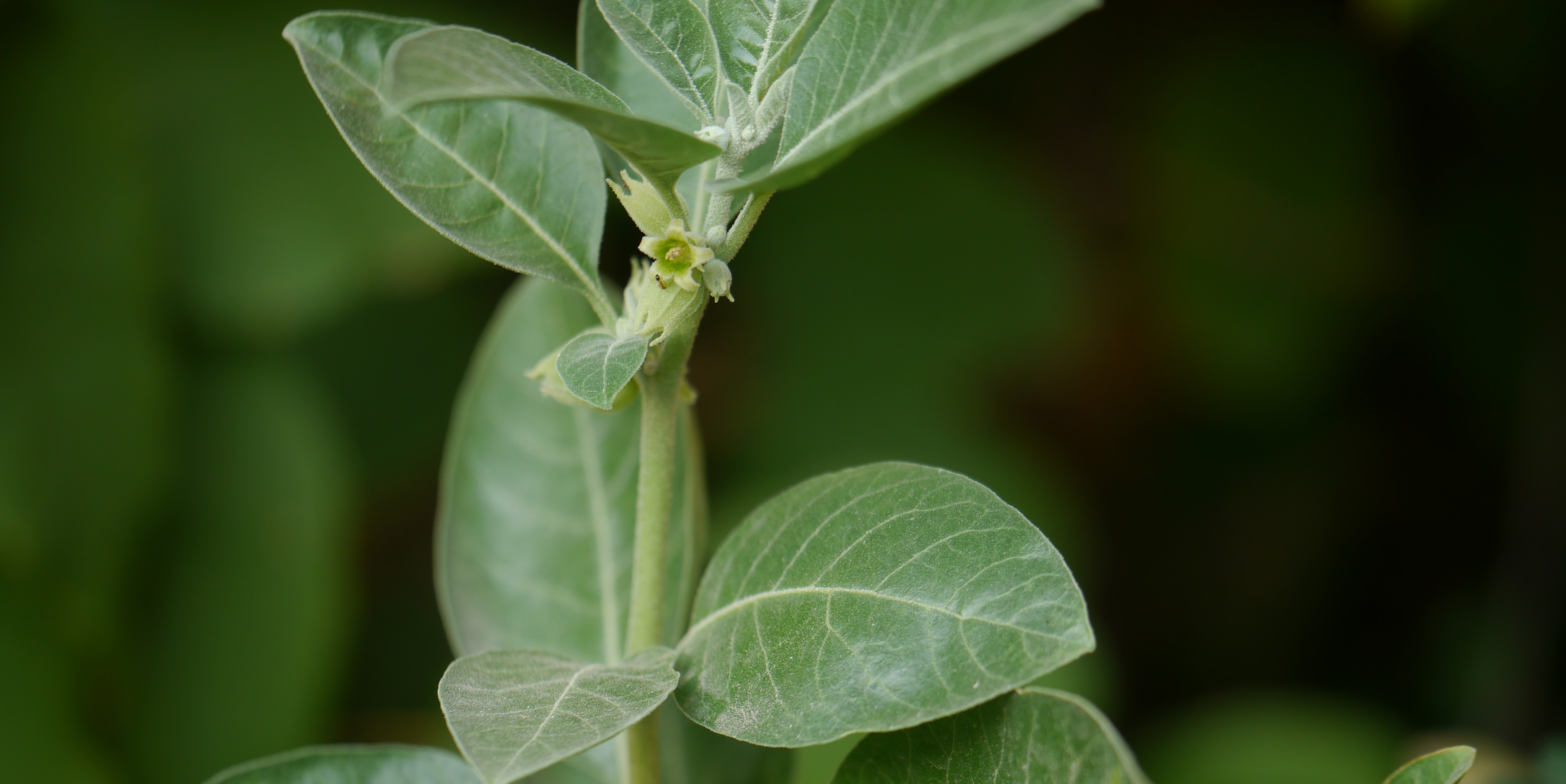
Tuberculosis is one of the earliest communicable diseases to impact mankind caused by Mycobacterium tuberculosis. Since the discovery of streptomycin 73 years ago, several medications have been developed to treat tuberculosis (TB), even though it is still one of the most common infectious illnesses in the world today. In 2021, around 187000 TB deaths were reported among HIV-positive patients. Recent significant viral outbreaks, especially the covid-19 pandemic, have also severely impacted the global progress against tuberculosis. Compared to 2019, the number of people notified/reported and diagnosed with TB during 2020 and 2021 was less (5.8 million). The number of total TB deaths also increased during this period.
Another one of the biggest and significant challenges associated with TB treatment strategies and global health concerns is the emergence of drug resistance .The recent WHO data reports 1,91000 fatalities and 450000 incident cases of MDR/RRTB in 2021. This number is a rise from the 2020 data, which is the consequence of the pandemic. The existing combination of the first-line anti-TB drugs (isoniazid, rifampicin, ethambutol, and pyrazinamide) is effective only against drug-sensitive TB. Development of resistance against rifampicin and isoniazid and any other fluoroquinolone and priority A drug like bedaquiline and linezolid can give rise to MDR -TB and XDR-TB. The treatment regimen of MDR-TB is quite intensive and expensive which involves 6-9 months to 2 years of around 5 to 7 second-line anti-TB drugs as recommended by WHO guidelines in 2020. Failure to comply with this regime can lead to the development of XDR -TB which becomes difficult to treat with available drugs.


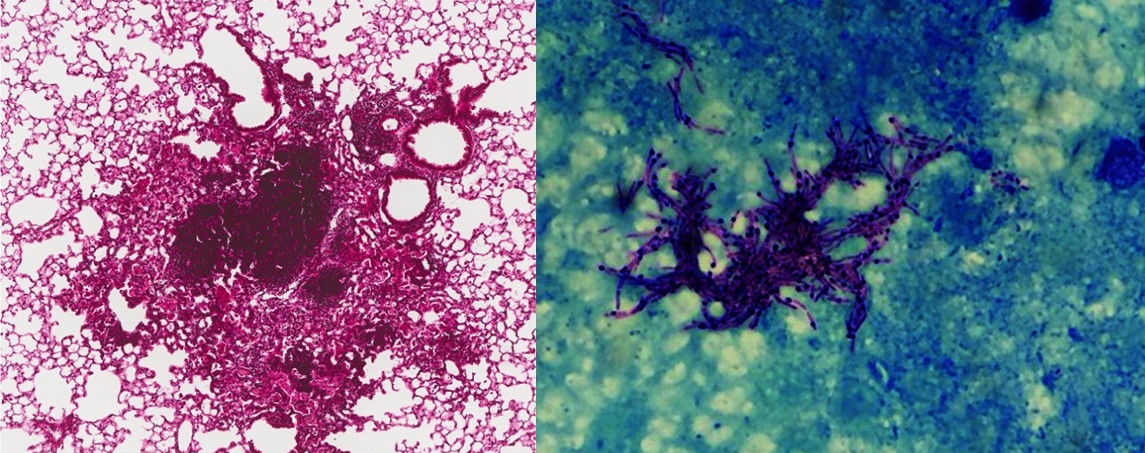
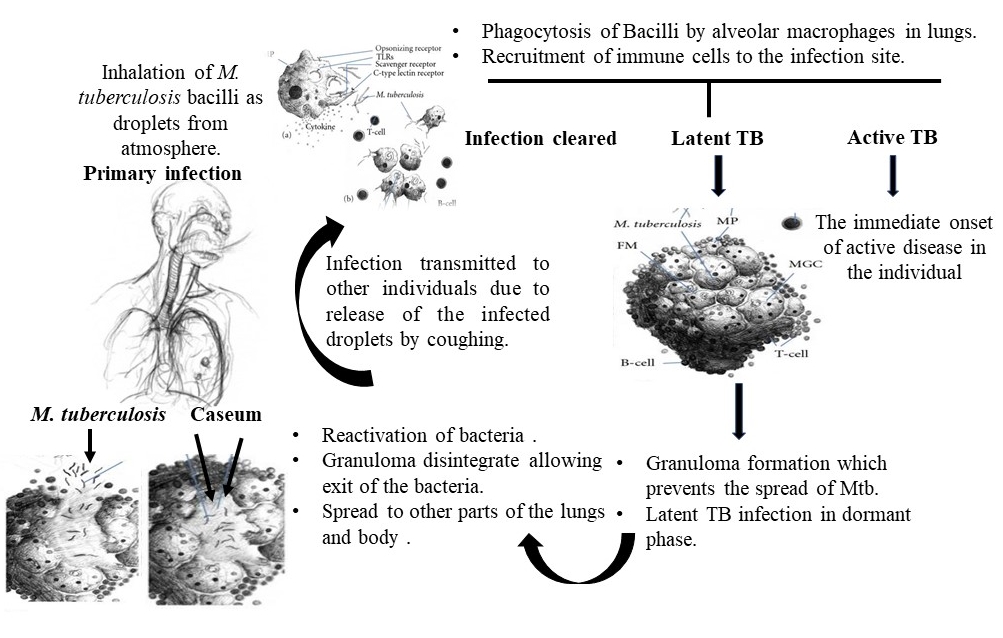
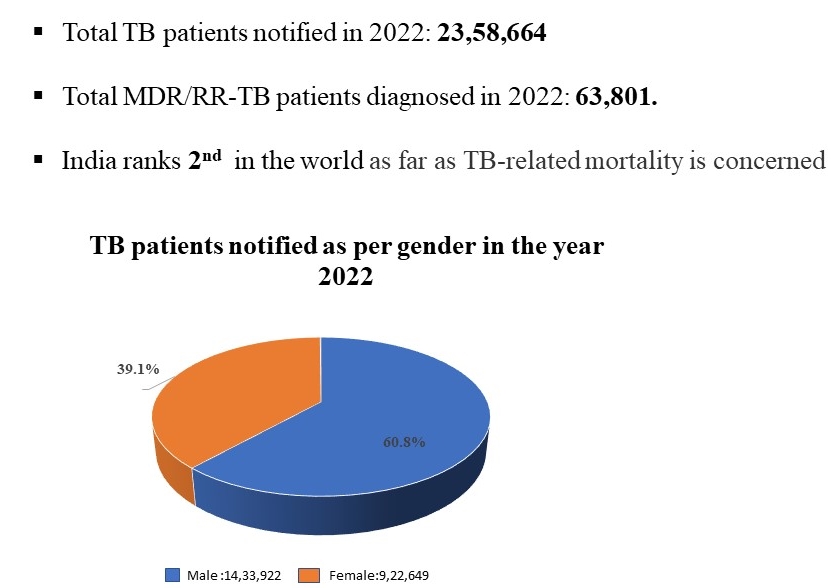
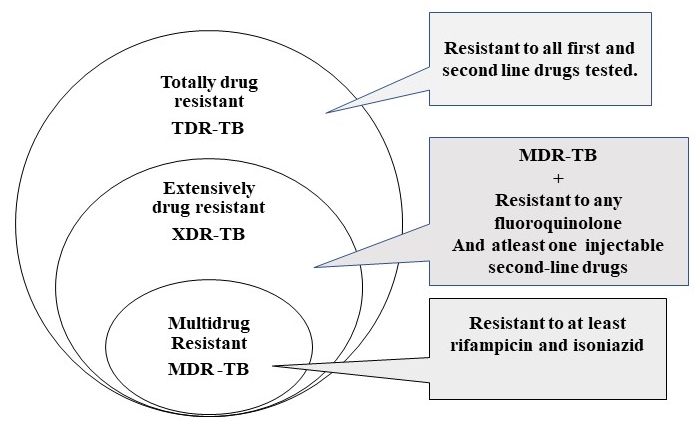
Mycobacterium tuberculosis is a facultative intracellular bacterium that is obligately anaerobic, nonmotile, nonspore-forming, and catalase-negative. The distinct clinical features of Mycobacterium are attributed to its elevated lipid content. These include the capacity to endure in a variety of harsh environments and resistance to several antibiotics. Additionally, compared to other bacteria, which typically split in less than an hour, it divides at a substantially slower rate, taking 16 to 20 hours to complete one division.
Tuberculosis is mainly divided into two categories. On the basis of infection-
1. Active TB which is further divided into:
PRIMARY TB - Immune system is unable to defend against the Mycobacterium tuberculosis bacterium (MTB) infection.
REACTIVATION/SECONDARY TB: The reactivation of contained mycobacterial infection.
2. LATENT TB: It is a state with absence of clinically evident active tuberculosis (TB) illness as Mycobacterium tuberculosis remains mostly dormant. Patients with latent TB do not show any symptoms and serve as a reservoir for cases of active TB.
Transmission of TB mainly occurs via inhaling infectious droplet nuclei carrying live bacilli. When a patient with active pulmonary tuberculosis coughs, mycobacteria-laden droplet nuclei develop and can float in the air for several hours. After breathing in Mycobacterium tuberculosis, a person may experience any of the following:
1. Infection does not manifest
2. Infection manifests but is subsequently cleared
3. The infection is successfully contained but the bacteria persist (latent TB infection)
4. The patient develops primary active TB disease.
As mycobacterium enters the lower respiratory tract, alveolar macrophages identify it and triggers an immune response. The immune cells assemble into a spherical formation known as granuloma with infected macrophages in the centre with several types of lymphocytes (mostly CD4+, CD8+, and γ/δ T cells )surrounding it. The bacteria can live for decades inside granulomas in a dormant or latent condition which manifests into latent TB. A necrotic zone will form in the granuloma's middle known as the caseum because of its milky appearance. The bacteria might reawaken due to genetic or environmental causes (malnutrition, HIV infection, etc.) and eventually the structure will break down, enabling the bacteria to escape and travel to other areas of the body and lungs resulting in active TB.
Over the last decade, medicinal plants and their phytochemicals have been ubiquitously used as alternative traditional medicine against various diseases and ailments. Rediscovering the potential of these medicinal plants as a source of possible therapeutic candidate has rekindled considerable attention in the scientific community mainly due to the side effects of conventional drugs and the problem of resistance. There has been a growing interest in plant- based medicine against tuberculosis owing to problems like drug resistance and lengthy treatment regimens. As an alternative treatment approach, medicinal plants have enormous potential to address the threats associated with TB.
